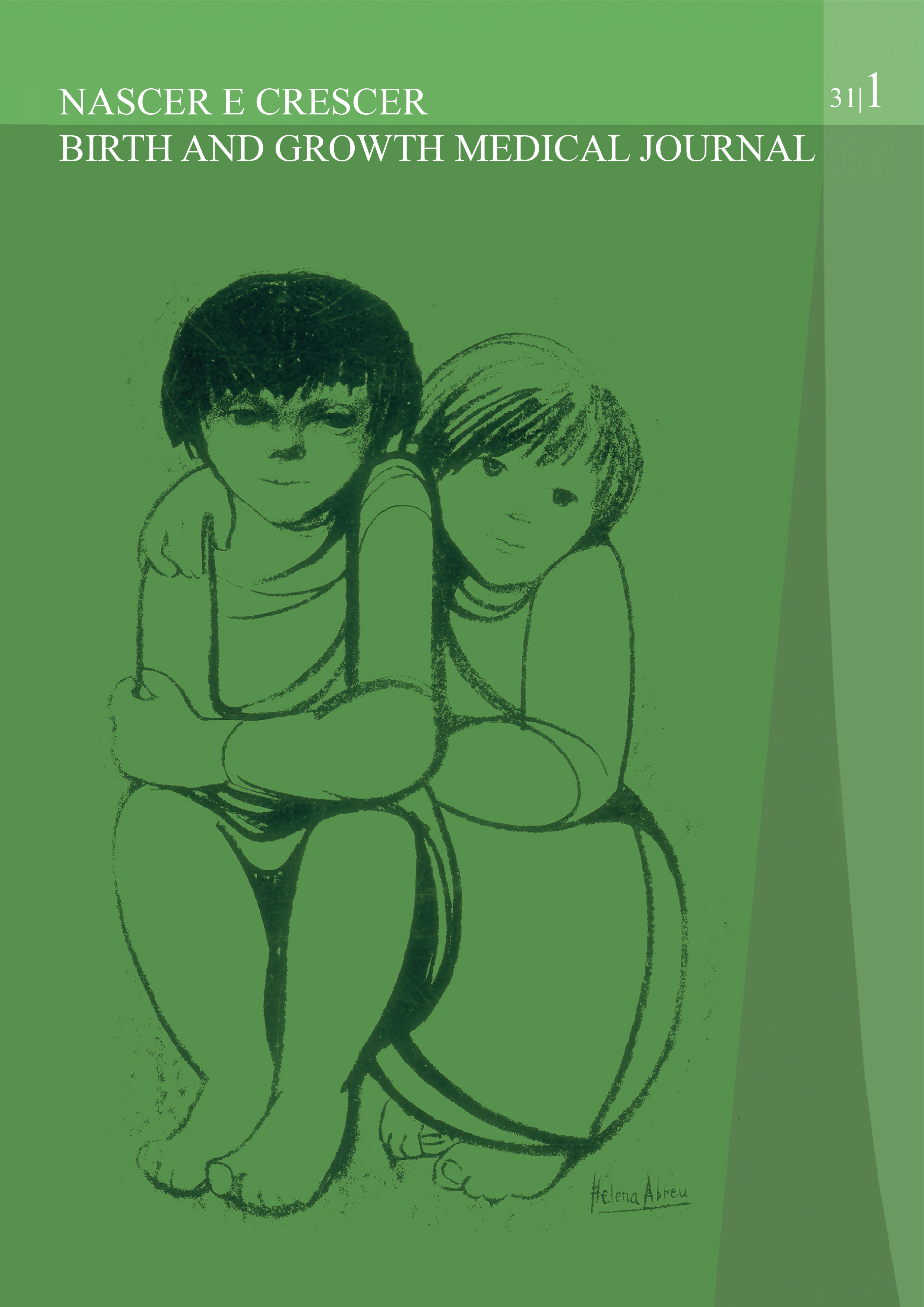Persistent fever and hemoptoic sputum – clinical case
DOI:
https://doi.org/10.25753/BirthGrowthMJ.v31.i1.21324Keywords:
adolescent, aspiration, bronchoscopy, pneumoniaAbstract
Foreign body aspiration (FBA) is a common and serious problem in children. Considering that signs and symptoms can be non-specific and subtle, it is of utmost importance to recognize vulnerable patient groups, combine an accurate history with complete physical examination, and follow a structured diagnostic approach towards correct diagnosis. In the present case, a high index of suspicion was essential to prevent a delay in FBA diagnosis, discuss the appropriate management strategy and improve patient outcomes.
Downloads
References
Bakal U, Keles E, Sarac M, Karlidag T, Kaygusuz I, Kazez A. A study of foreign body aspiration in children. J Craniofac Surg. 2016;27(4):e358–63.
Sersar SI, Rizk WH, Bilal M, El Diasty MM, Eltantawy TA, Abdelhakam BB, et al. Inhaled foreign bodies: Presentation, management and value of history and plain chest radiography in delayed presentation. Otolaryngol - Head Neck Surg. 2006;134(1):92–9.
Tenjović D, Petrović S, Dautović GV, Lovrenski J, Rodić BB. Clinical and radiological characteristics of unrecognised foreign body aspiration into respiratory tract in children. Med Pregl. 2013;66(5–6):214–9.
Salih A., Alfaki M. A-ED. Airway foreign bodies: A critical review for a common pediatric emergency. World J Emerg Med. 2016;7(1):5–12.
Pitiot V, Grall M, Ploin D, Truy E, Ayari Khalfallah S. The use of CT-scan in foreign body aspiration in children: A 6 years’ experience. Int J Pediatr Otorhinolaryngol. 2017;102:169–73.
Smith, Amanda & Jnah, Amy & Newberry, Desi. (2018). Chromosome 16p13.11 Microdeletion Syndrome in a Newborn: A Case Study. Neonatal Network. 37. 303-309. 10.1891/0730-0832.37.5.303.
Downloads
Published
How to Cite
Issue
Section
License
Copyright (c) 2022 Sara Mosca, Adriana Magalhães, Isabel Couto Guerra, Inês Azevedo

This work is licensed under a Creative Commons Attribution-NonCommercial 4.0 International License.
Copyright and Authors' Rights
All articles published in Nascer e Crescer - Birth and Growth Medical Journal are Open Access and comply with the requirements of funding agencies or academic institutions. For use by third parties, Nascer e Crescer - Birth and Growth Medical Journal adheres to the terms of the Creative Commons License "Attribution - Non-Commercial Use (CC-BY-NC)".
It is the author's responsibility to obtain permission to reproduce figures, tables, etc. from other publications.
Authors must submit a Conflict of Interest statement and an Authorship Form with the submission of the article. An e-mail will be sent to the corresponding author confirming receipt of the manuscript.
Authors are permitted to make their articles available in repositories at their home institutions, provided that they always indicate where the articles were published and adhere to the terms of the Creative Commons license.


